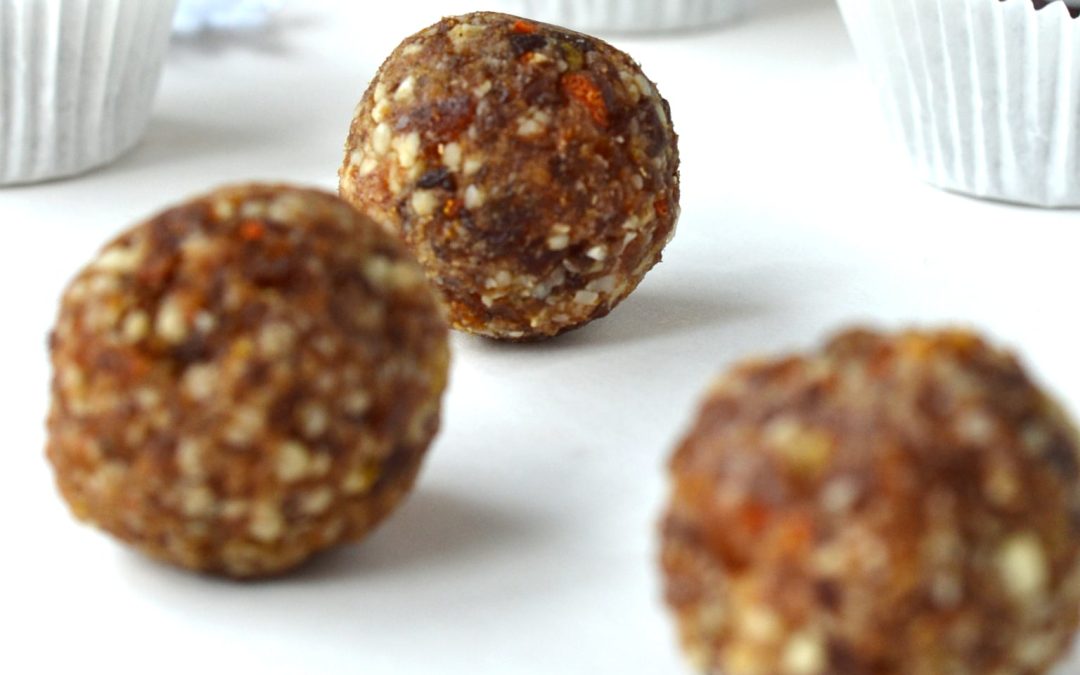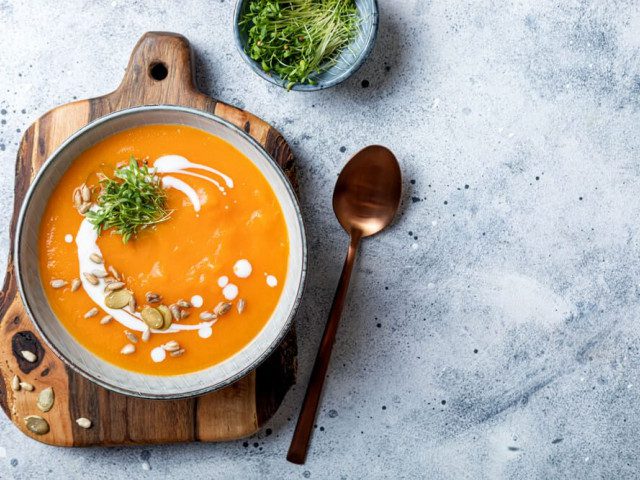
Salmon curry with mustard seeds
This salmon cooked in sauce is DELICIOUS. If you want make the cook-in sauce in advance to save faff if you’re having people around. The original recipe by Madhur Jaffrey involves marinating the salmon but I skip that and it still turns out fab. I love this served with a generous amount of broccoli/tenderstem. If you dont want to lose weight add some more carbs by measuring ¼ cup brown basmati rice per person and cooking that with a generous pinch of turmeric (added health benefits plus lovely colour!).
Tip: Buy your individual spices in Asian shops. If you have a coffee grinder try grinding some of your own spices – you’ll really notice the flavour explosion. Always keep ground spices airtight in a dark place to preserve aroma.
For 2
300g skinless salmon fillets/2 x 150g skinless darnes
For the sauce:
1 tsp whole mustard seeds
1 level tsp mustard powder
1 dsp ground coriander
½ tsp ground cumin
1/2 tsp ground turmeric
½ tsp tsp curry powder
½ tsp cayenne pepper
150g tomatoes, coarsely grated or chopped small, with their juice
1 tbs extra virgin olive or coconut oil
½ tsp whole fennel seeds
10 fresh curry leaves or 6 bay leaves or fresh coriander
To serve:
2 cups broccoli florets/tenderstem broccoli per person
Low carb: cauliflower rice
Medium carb: brown basmati rice (measure 1/4 cup per person before cooking)
If you’re using brown rice with this, first of all:
Put on the kettle, rinse rice in a sieve under cold running water (to remove toxic arsenic which accumulates on the surface of the grains). Cook rice in twice its volume of boiling water e.g. For 2 people ½ cup rice 1 cup boiling water. Add generous pinch turmeric, cover with a lid, simmer till done.
1. Cut salmon into matchbox-sized pieces or (if you don’t mind waiting longer for it to cook) leave 2 darnes whole.
2. Now make the sauce. Put the ground mustard, ground coriander, cumin, turmeric, curry powder, cayenne, tomatoes, curry leaves or bay leaves, generous pinch salt and 100ml water in a bowl and mix well.
3. Heat oil in a wide, shallow pan (a deep frying pan is ideal) over a medium-high heat.
4. Add mustard seeds. As soon as they begin to pop add fennel seeds.
5. Pour in the spice-tomato mixture and 80-100ml more water, bring to a simmer and cook gently for 10 minutes. At this point sauce can be cooled and refrigerated until you are ready to cook the fish. It will keep a couple of days.
6. To cook the fish, reheat sauce in wide shallow pan and lay the fish in it spooning some of the sauce over the fish to coat it all over.
7. Cover pan with a lid or plate and cook for 5-10 minutes until the salmon is cooked through. Around 5 mins for matchbox sized pieces, around 10 for whole darnes.
Why this is good for you:
Cooking with herbs and spices liberates a powerhouse of antioxidant anti-inflammatory processes in your body. Herbs are antioxidant. They also make your body produce more of its own antioxidants. They also (provided they’re properly kept airtight in a dark place) make your gut a VERY unfriendly place for bad bugs. This allows friendly bacteria more space to grow, promoting more vigorous physical and mental function. Whats not to like. And of course we all know by now that omega 3 fats from oily fish are anti-inflammatory, promote good mental and heart health and even make the cancer cells we all produce more easily destroyed by your immune system.





